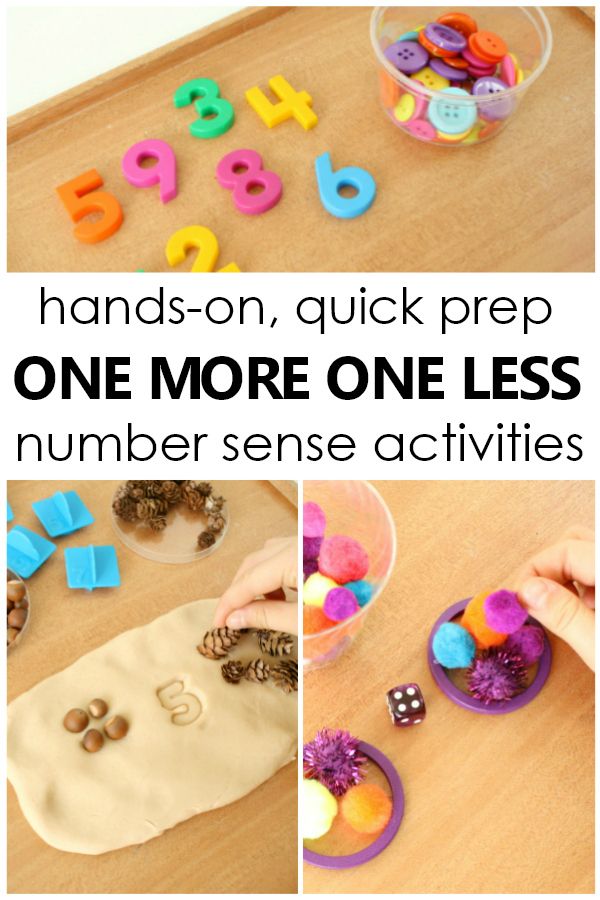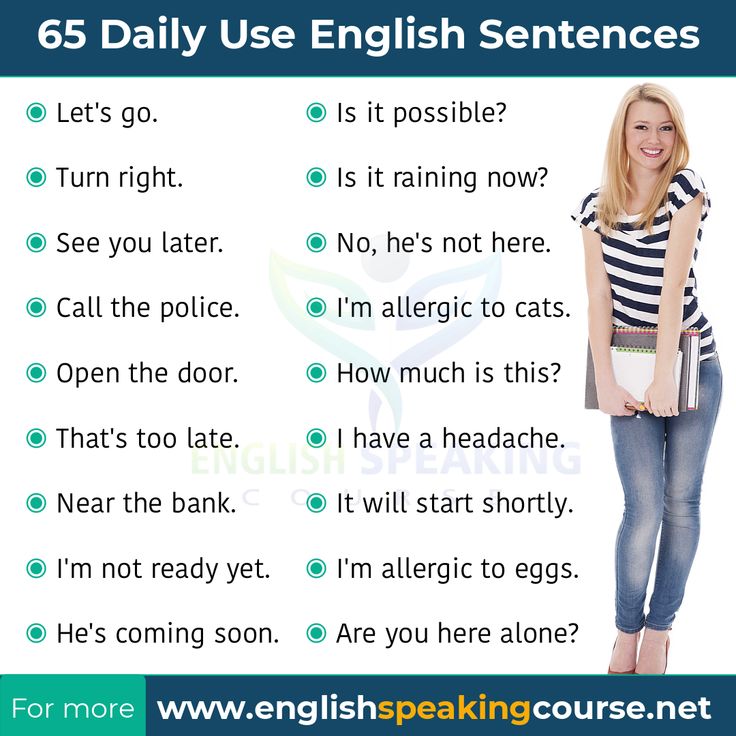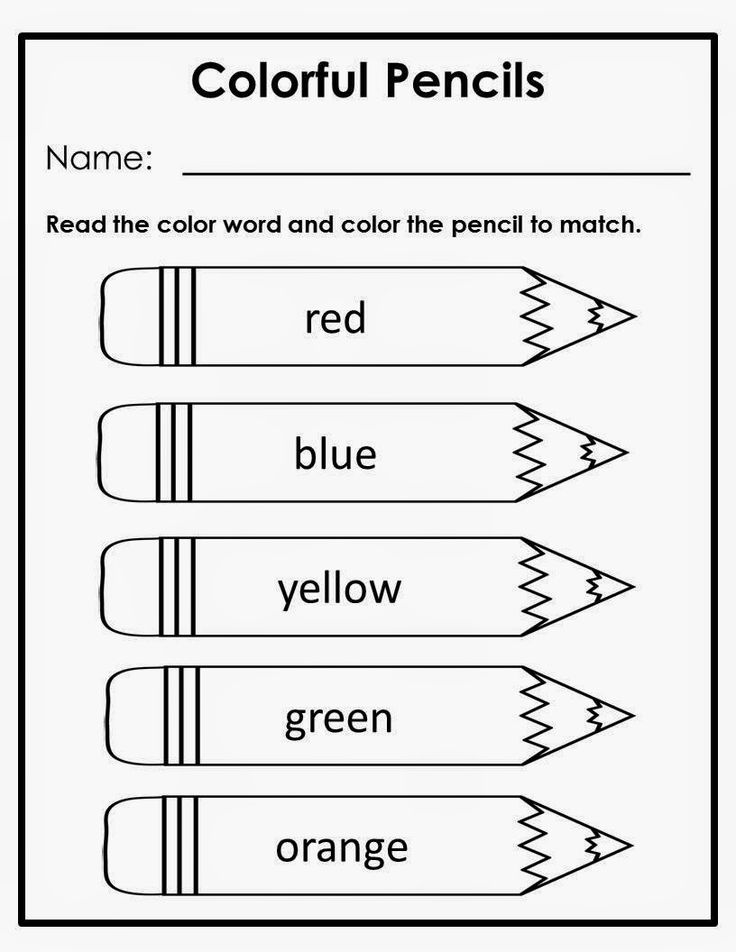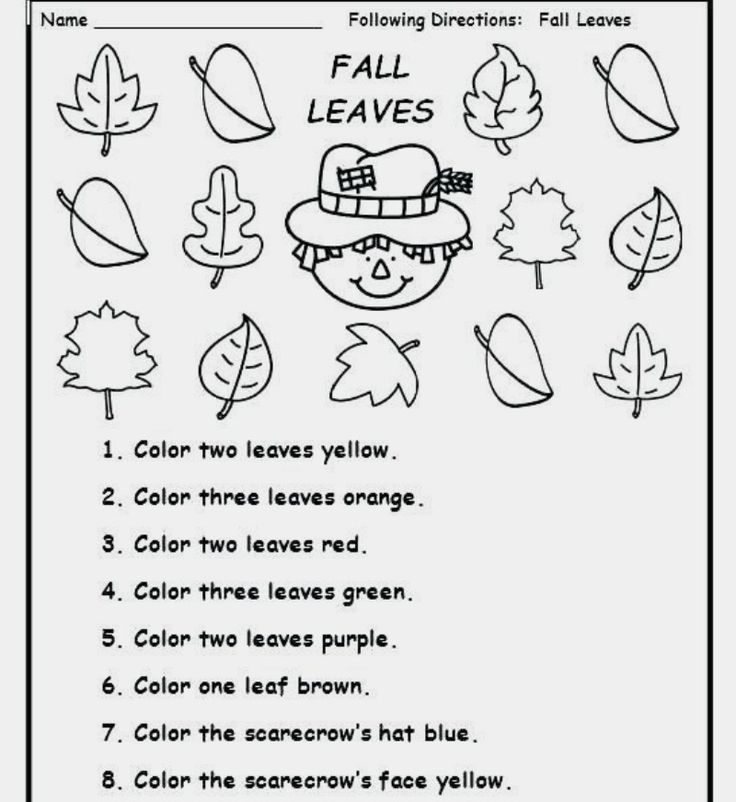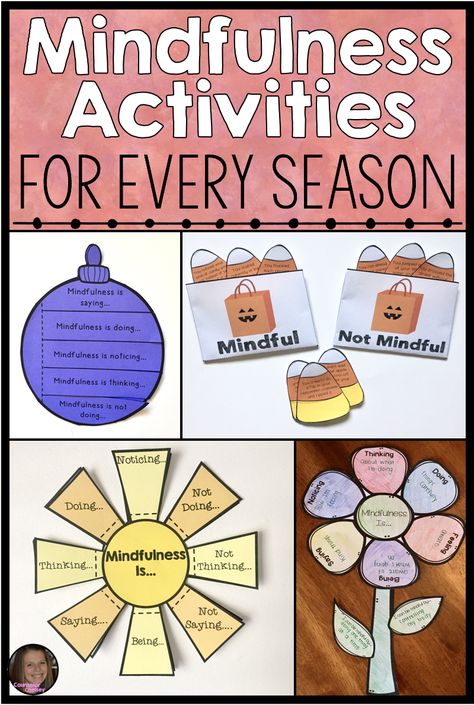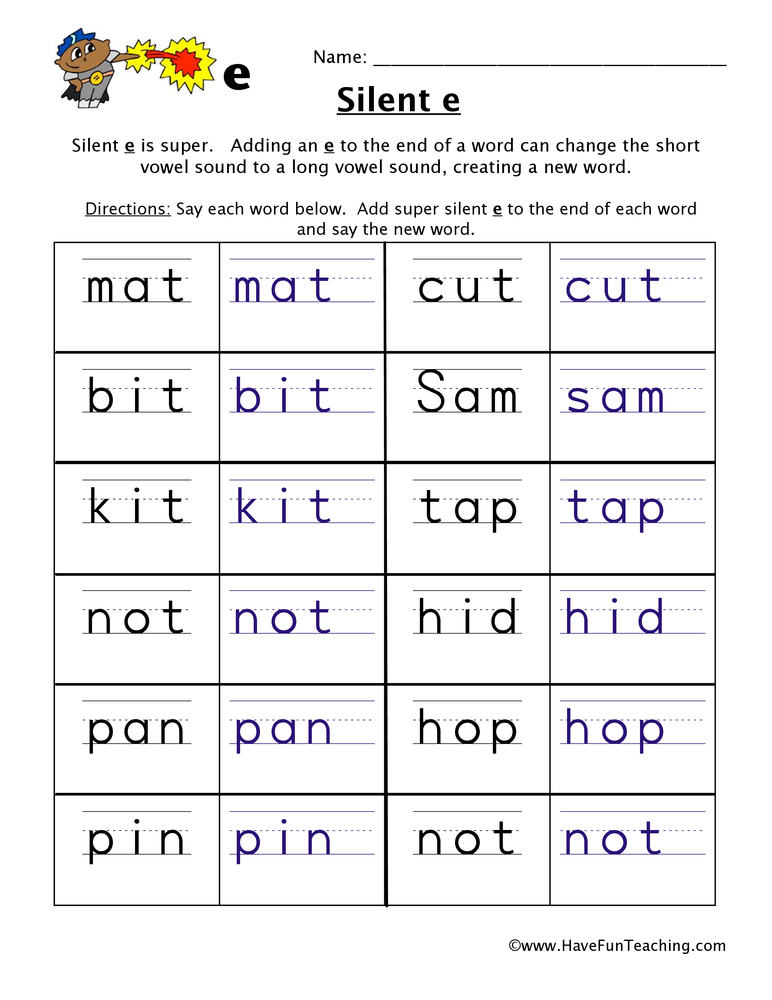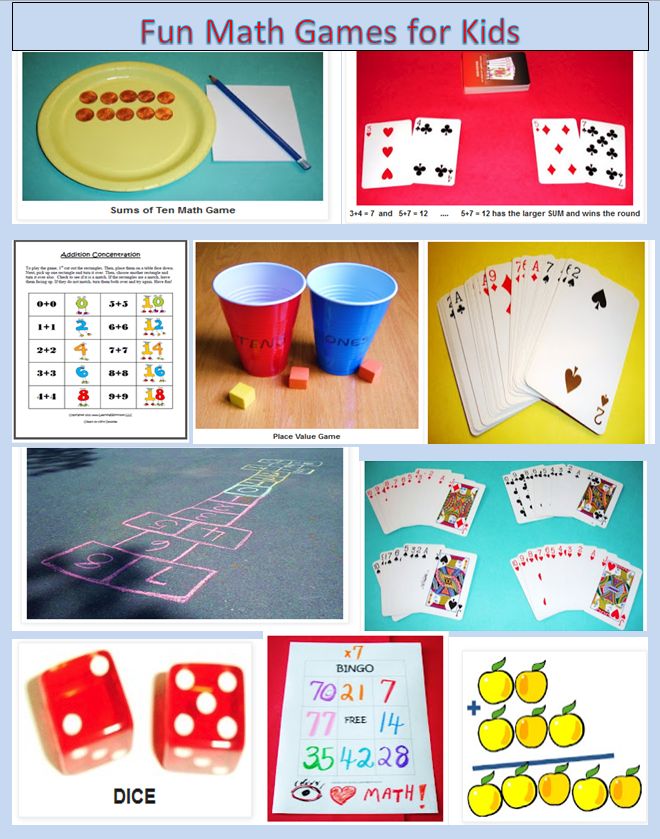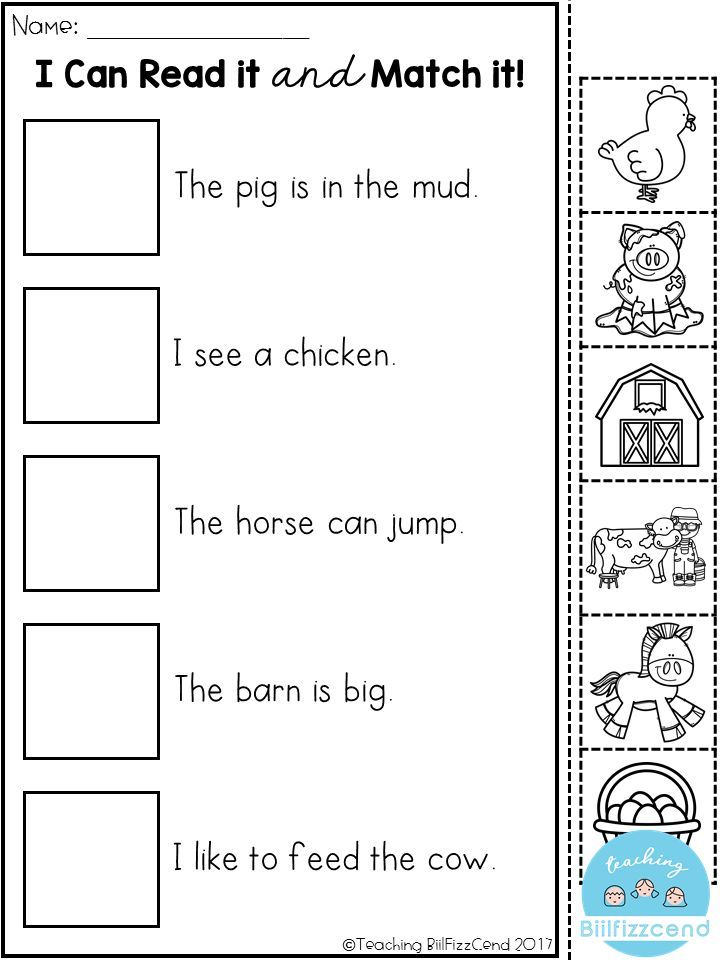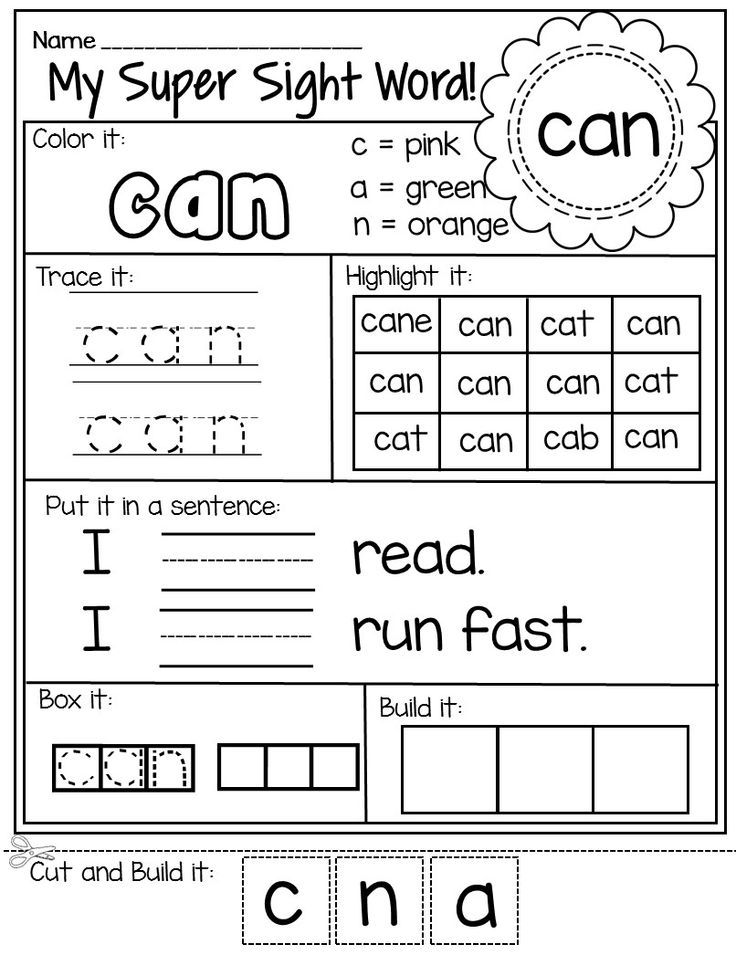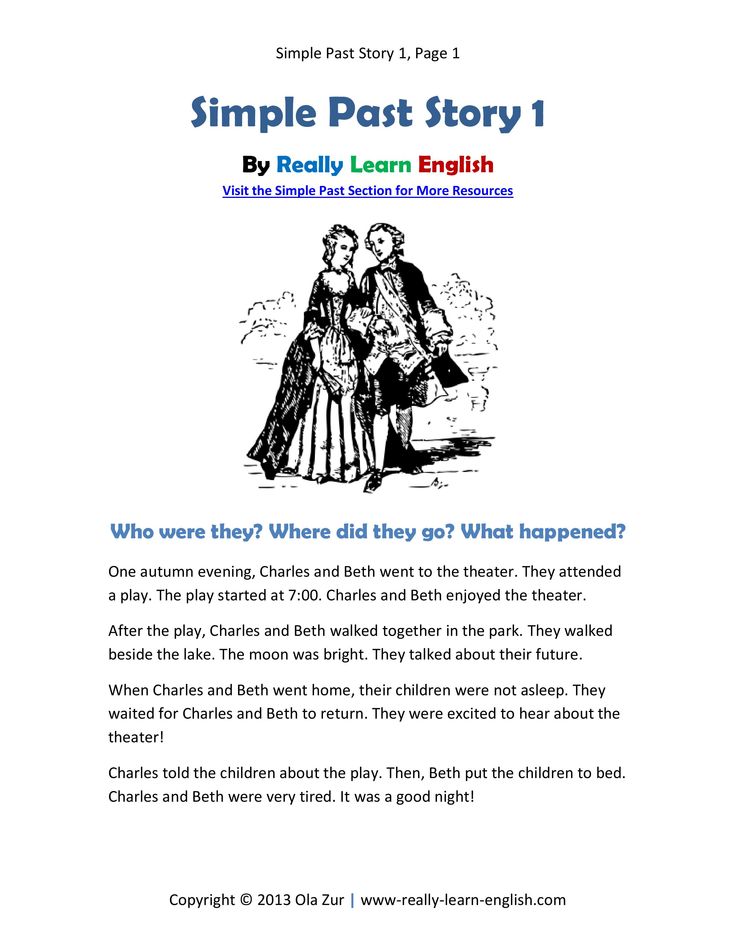Number sense kindergarten activities
Everything You Need for Kindergarten Number Sense
Kindergarten teachers spend a lot of the year focusing on teaching numbers and number sense. It’s arguably one of the most important things you will do with your class, and often it can be a little tricky to work into your day on top of all the things, including teaching the alphabet in depth! Not to worry though, today I have your solution for covering Kindergarten number sense! These are some of my very favorite ways to teach number formation, number recognition, counting, and more!
Teaching our students all about numbers is a primary objective in kindergarten. To help I have put together a fully comprehensive Number Centers and Printables Bundle. This bundle includes everything you need to meet all those number sense standards in a fun, interactive, and engaging way.
Recognizing and
Writing Numbers to 20One of the first things we must teach is number recognition. And . . . right alongside recognizing numbers is writing numbers. Learning proper number formation takes time and repetition for young learners. These resources and activities will help.
Number Poems & Posters
When I first begin teaching numbers I always start with these free number poems.
The students love these silly rhymes which help them remember what the number looks like and how to write it.
This fun resource uses short poems to help students visualize how to write a number.
I also love to use these free number formation posters as I teach each number.
They make a great reference tool after our lessons for students to refer back to.
Practicing Numbers
Once I’ve taught the numbers, we spend a lot of time practicing them! I like to offer multiple ways for my students to interact with numbers. My Number Practice Printable Bundle comes with 3 different activities to practice number recognition and writing in-depth.
- Little Number Books
- Counting and Number Practice Worksheets
- Interactive Number Journals
Your students will work on writing numbers, showing numbers in tens frames, practicing writing number words, one-to-one correspondence, and counting!
I highly recommend using different methods to teach these skills so that your students have the repetitive practice they need to master these important skills. With these practice activities, you can make writing numbers part of your daily routine!
With these practice activities, you can make writing numbers part of your daily routine!
These Number Sense Worksheets will help your students move from number recognition to understanding. They will help your students develop a strong understanding of numbers through:
- counting by 1’s to 100
- learning number names and sequences
- understanding the relationship between numbers and quantities
- practicing skip counting by 10’s
They come in 2 sets, one for numbers 0-20 and one for numbers 21-50. I love binding these pages into a journal and using them as morning work or for daily math time. You can also use them as homework or a daily number review.
Number Playdough MatsWhat kid doesn’t love playdough, right? Playdough is always such a huge hit in my classroom, which is why I created these Fine Motor Playdough Mats.
Students will practice rolling their playdough to form numbers and fill the tens frames with playdough balls to show the number.
Once they have that done, they can practice tracing and writing the number with a dry erase marker.
These mats are also great to use with small erasers or counters if you don’t want to break the playdough out!
Use these mats as part of your math centers, or add them as a morning tub or early finisher activity. They are a great hands-on way to work on number formation and number skills.
Hands-on Kindergarten Number Sense ActivitiesAnother great way to keep students engaged is to pull out hands-on activities! I love using hands-on activities in my classroom, as it always seems to draw the attention of my little learners. When opting for a hands-on activity, there are so many options.
Monster Counting CardsThis free Monster Counting Activity is a favorite year after year. Students will practice recognizing numbers and counting with these silly monsters.
I like to add in some googly eyes as the counters for lots of laughs and giggles.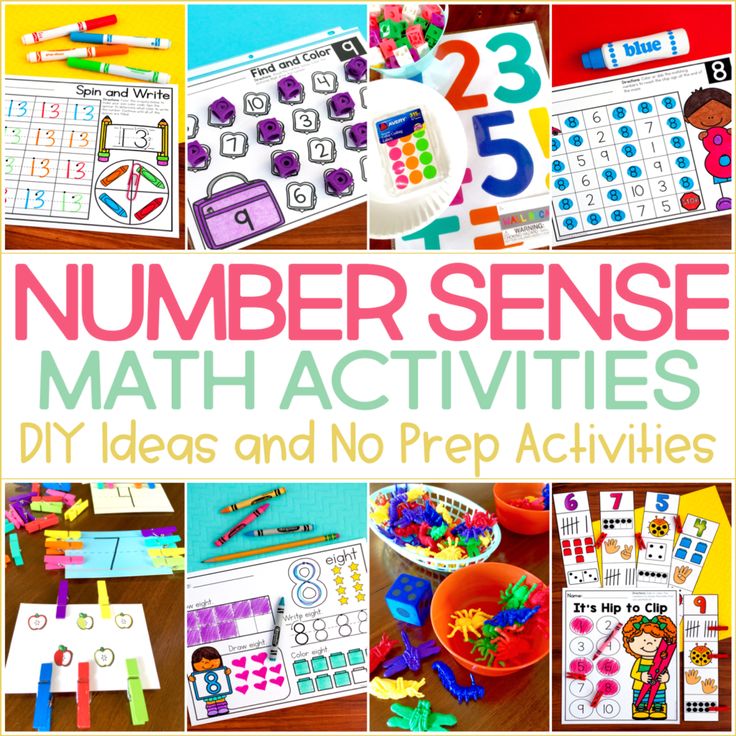
These monster counting cards can be used as a morning activity, math center, or even as a whole class activity.
Spin and WriteSpin and Write is always a favorite for my students and makes a fantastic center activity! Students will spin a spinner using a pencil and paperclip. Then write the number they landed on. It’s a great way to work on number writing and some hand-eye coordination at the same time.
Number TracersThese number tracer cards are perfect for pairing with toy cars. Students will drive the car around to practice the correct number formation. They make a great morning activity or math center. I like adding them to the building center where students build a town and use these cards as the road. They love driving through their town on all of the numbers.
Fine Motor MatsThese fine motor mats are so versatile and provide for lots of number practice. One of my favorite ways to use these fine motor mats is with counting at snack time.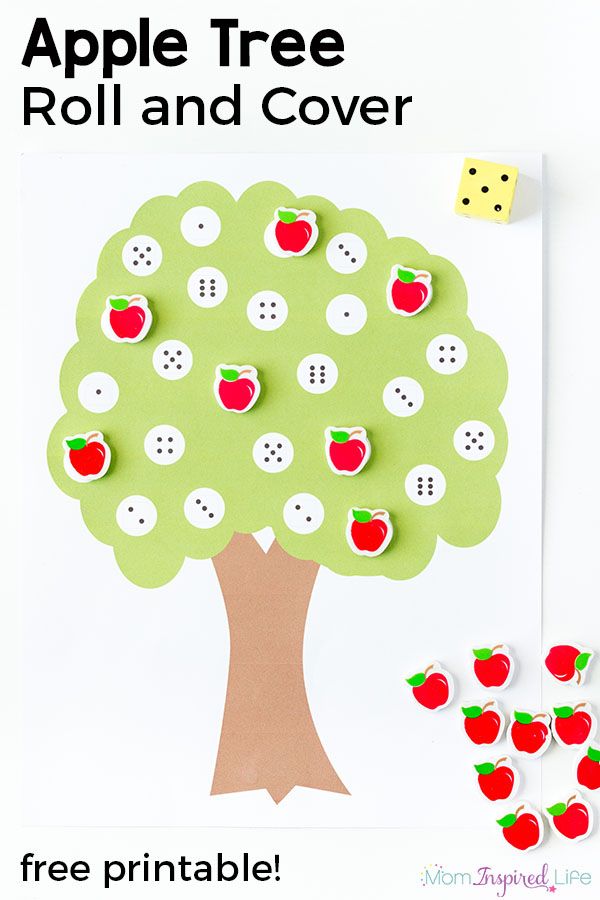 Snacks like cereal or goldfish make great counters for these mats. You can also use them without food by giving students small stickers, dot markers or even painting with q-tips. You can use the same mats and change up the method for a new activity each time. They are a great way to connect some fine motor skills practice with number sense.
Snacks like cereal or goldfish make great counters for these mats. You can also use them without food by giving students small stickers, dot markers or even painting with q-tips. You can use the same mats and change up the method for a new activity each time. They are a great way to connect some fine motor skills practice with number sense.
This Free Count and Reveal center is a perfect activity for practicing counting and one-to-one correspondence.
Students will count animals on a card and then open the flap on the card to see if they are correct.
This self-correcting center will allow your students to see if their answer was correct, which makes this an awesome independent center station!
Number Tracing StripsThis resource is another fantastic option for centers or morning work. Simply laminate the cards and provide your students with dry erase markers for an activity you can use over and over. Students will work on tracing numbers with each strip. Simple create a tracing ring or keep each strip separate.
Students will work on tracing numbers with each strip. Simple create a tracing ring or keep each strip separate.
Kindergarten Number Sense Boom Cards
Another great way to get your students excited to learn is with Boom Cards!
These digital number sense activities have a game-like feel that keeps students engaged and learning.
My Number Centers and Printables bundle includes a Boom Card resource to add to your technology center. Your students will practice:
- Counting in tens frames
- Number identification
- Decomposing numbers
Adding these digital tasks cards to your center routine or sending them home for extra practice is a great way to add in some extra number sense practice that doesn’t feel like learning.
Kindergarten
Number Sense All Year LongMake planning, teaching, and practicing numbers and number sense a breeze with all of the great resources in the Number Centers and Number Printables Bundle. You can save time and energy by grabbing these engaging activities.
You can save time and energy by grabbing these engaging activities.
Looking for a way to simplify teaching the alphabet as well? Be sure to take a look at the Alphabet and Number Practice MEGA Bundle! This bundle comes complete with EVERYTHING you need to teach both letters and numbers!
Save These Kindergarten Number Sense Activities for Later!I hope you enjoyed these Kindergarten number sense activities! Make sure to pin these ideas to your favorite classroom Pinterest board for later! And don’t forget the freebies!
What All Teachers Ought To Know
Math tips and strategies for building number sense to 20 in Kindergarten and first grade: An extensive list of number sense activities and resources are included: books, materials, math manipulatives, and FREE activities!
The math tips and strategies you need for building number sense to 20 are right here. You will have everything you need to quickly implement and bring a wealth of number sense activities, games, and centers into your classroom or home.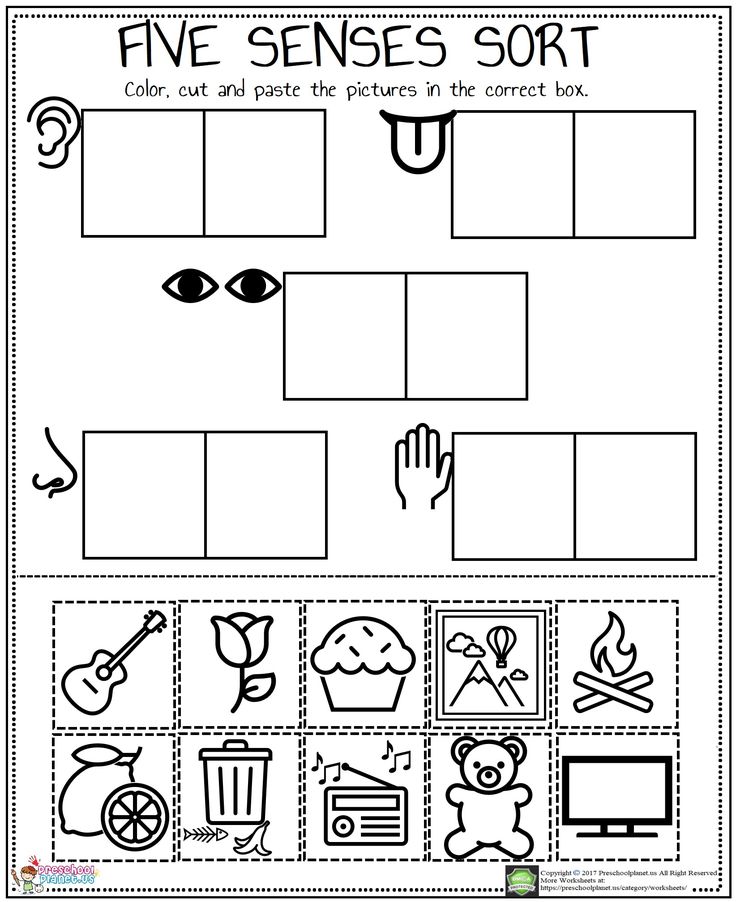
Building Number Sense to 20
The activities, books, resource suggestions (including a FREE one) cover a ton of number sense concepts and are perfect for Kindergarten and first grade. Plus, find valuable number sense materials and manipulative suggestions, as well as freebies you can access today! Warning: It’s LONG but filled with so much you won’t want to miss anything!
Why is Building Number Sense Important?
Children need opportunities to learn and experience numbers. Learning to count, identify numbers, and understand quantity are a few of the essential concepts. Repeated experiences build understanding and fluency with numbers. These experiences help expand knowledge and learn new ideas. A strong number sense is vital for future understanding of more complex math topics.
The activities below are ones that have been used successfully. Use them as they are described or adapt them to your own needs. Be flexible. Have conversations about numbers and encourage questions.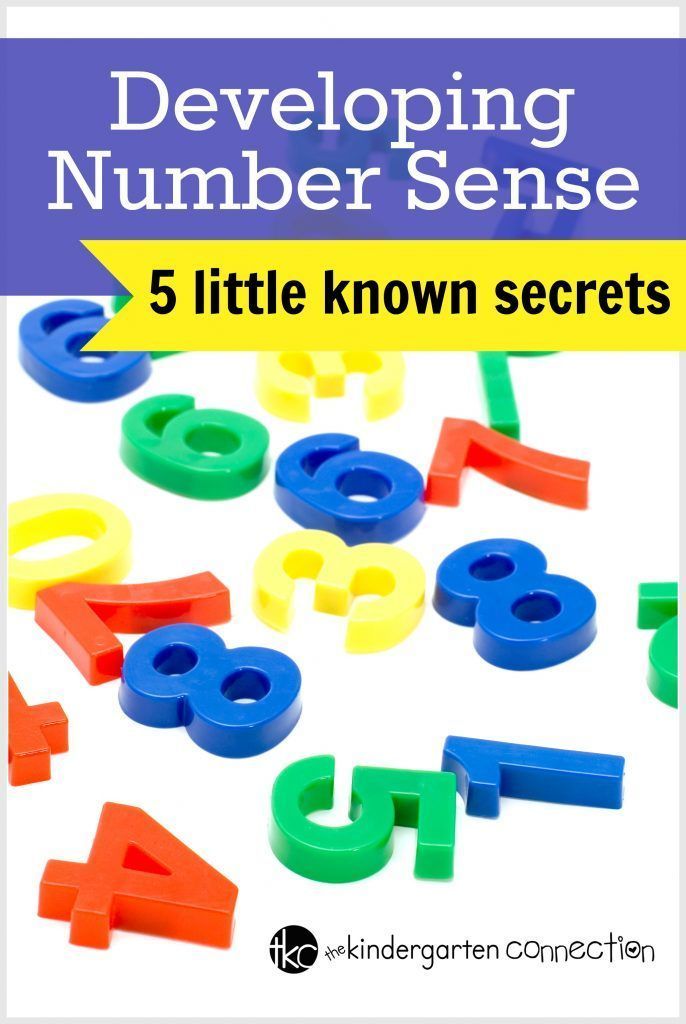 When there is an opportunity to order, count, match, or describe with a child, go for it! They benefit from seeing numbers in natural, fluid ways.
When there is an opportunity to order, count, match, or describe with a child, go for it! They benefit from seeing numbers in natural, fluid ways.
Make time for fun and engaging number activities daily and watch fluency develop.
Number Sense Concepts & Activities
Build Number Sense Through Counting
It is crucial to count with children every day. Repeated oral counting helps them hear what numbers sound like and to learn their order. Using math manipulatives, like counting chips, can help build a connection to verbal counting and counting objects. This one-to-one counting is an important skill that needs to be practiced often.
Activities
- Count out loud as a class starting at one and building to higher and higher numbers.
- Sit with a partner or in a circle and take turns counting by 1’s.
- As counting develops, teach number patterns and counting by 2’s, 5’s, and 10’s.
- Use a number chart to see what numbers look like visually.
 Point to each number as it is said.
Point to each number as it is said. - Encourage kids to practice one-to-one counting with small objects. Have small groups of objects set up in a center for them to count.
- Provide number cards (like those seen below) for kids to represent with counting chips.
Build Number Sense by Matching Numbers to Quantities
Provide materials for kids to count and connect with objects and numbers. This encourages children to see that numbers are more than words. Teach children that numbers have many representations, such as dots, fingers, counters, numerals, objects, ten frames, etc.
Activities
- Match two different types of objects together, such as five counting bears and a domino that shows five dots.
- Use links to create a number chain for a number.
- Work up to showing quantity with more than two types of objects (as seen in the photo).
- Have many different items available for activities, such as dice, dominoes, number magnets, bears, counting chips, cubes, and number cards.
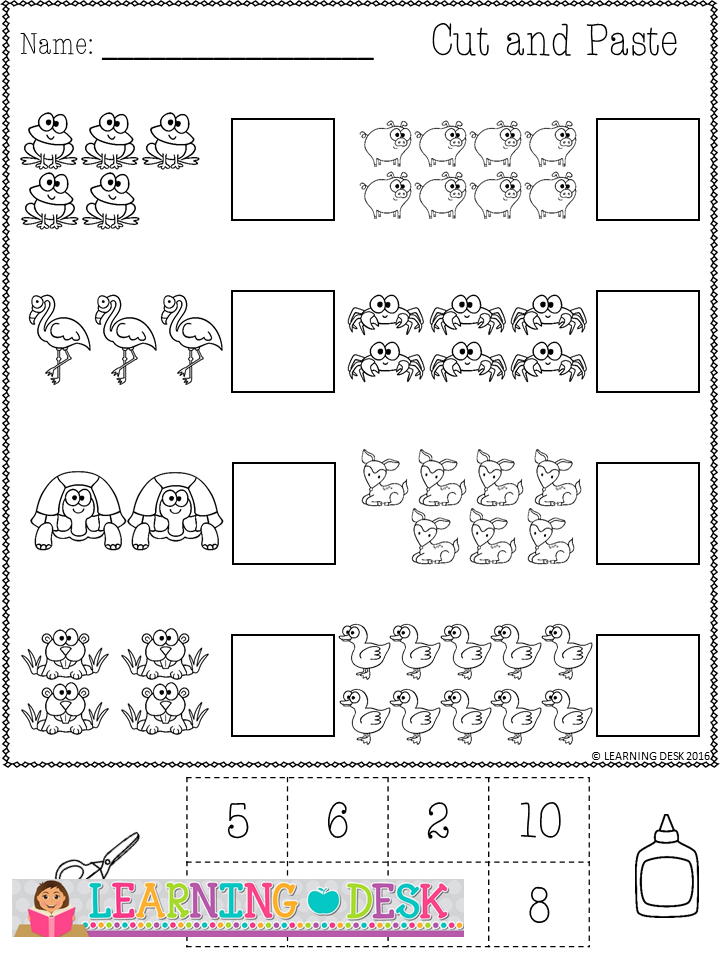
- Match number cards from a card deck or game of Uno with dots on dominoes. Find every number combination on the dominoes.
- Complete number puzzles that have a different number representation on each piece. They help kids see that numbers can be modeled in many ways. These number puzzles to 20 are available as a FREE download further on.
- Encourage one-to-one counting with clip cards. Kids count groups of objects and clip the numeral that matches to the correct quantity.
- Ten frames are great for organizing numbers so that they can be easily counted. Matching numeral cards with ten frame representations is simple, yet effective at connecting quantity with numbers.
Build Number Sense with Number of the Day
When kids see numbers in many ways at once in a repeatedly, their number sense develops. Pick a number of the day starting at one and dissect it during your math block.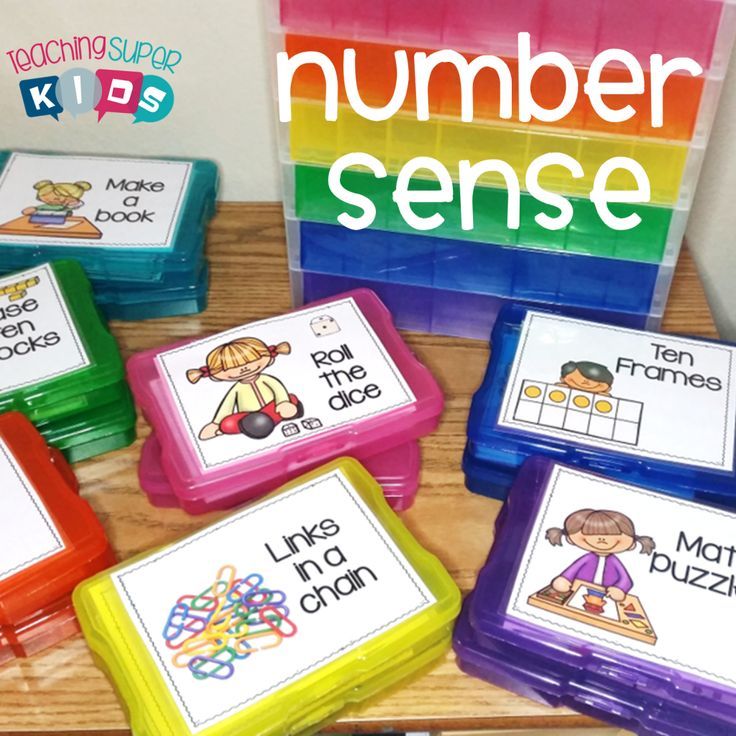
Activities
- Learn about a specific number for each day that you have been at school. Teach and dissect that number during calendar time. Represent that number on a number line, count to that number, show that number with straws or cubes, etc.
- Use a number of the day poster or anchor chart to break numbers down. Create your number of the day poster with the FREE poster templates.
- Encourage kids to participate and show their understanding on paper or mini whiteboards. Ask a question, such as “How do we show 5 with tally marks?” and allow them time to try on their own. This makes an excellent fluency building warm-up to math lessons.
- Read more tips on starting a number of the day routine in your classroom.
Build Number Sense by Ordering Numbers
Provide opportunities for kids to put numbers in order. While they put numbers or objects with numbers on them into the correct order, they are counting and building number sense.
Activities
- Provide opportunities with using a number line and number chart that puts numbers in order for us.
- Give sets of numbers to order correctly by finding them on the number line.
- Cover different numbers on a number chart with sticky notes and ask kids for the missing numbers.
- Build Lego stacks by putting the pieces together in an order written on the blocks.
- Work together with a partner to order number cards from 0 to 20. Create a number caterpillar like the one seen below.
- Number puzzles are a fun way to order numbers. Put the strips in the right order to reveal a picture.
- Puzzles are simple and easy to create. Take an old puzzle and write numbers on the back of each piece.
- Grab a piece of paper and write numbers in rows. Cut out pieces randomly and trade with a partner. Put the puzzle back together again for practice.
- Complete a number order maze starting at 0.
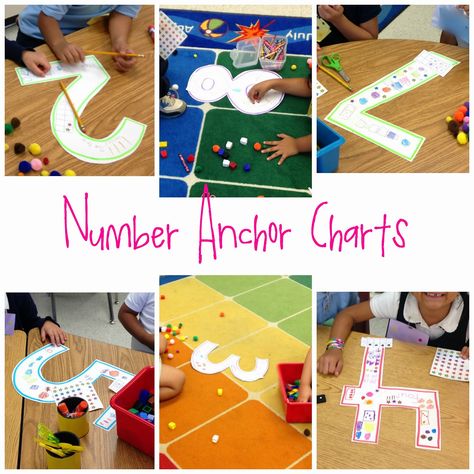 This activity can be reused when put into a pocket protector.
This activity can be reused when put into a pocket protector.
Build Number Sense with Place Value Activities
Teaching kids about place value should begin with teaching them to see ten in many ways. Move on to illustrating numbers with base ten blocks.
Activities
- Practice making groups of ten things. Group straws, beans, counters, or any small objects.
- Teach counting by 10’s to count groups. Extend to teaching groups first and then singles.
- Make groups of ten to get to the 100th day.
- Show and examine a tens block and ones block. Discuss that a tens block has ten ones put together.
- Use base ten blocks to represent numbers. Do plenty of examples where kids must use and count blocks. Use a chart to help count the blocks.
- Say “Show (or draw) me 14 with place value blocks!”
- Represent the number of tens and ones on place value mats (seen below). Ask questions like “How many ones are there?” or “How many groups of ten?”.
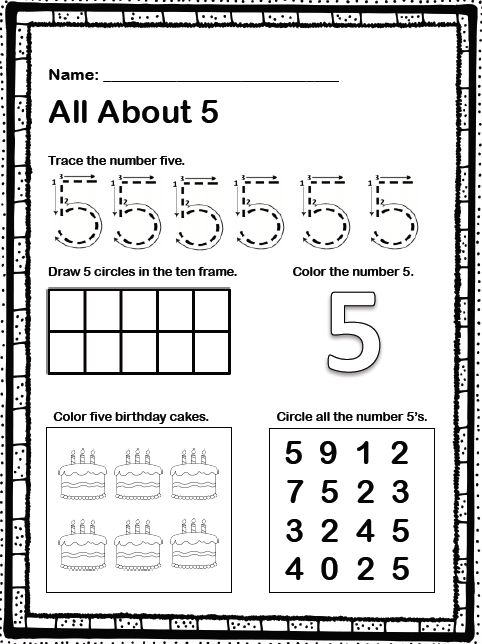 Make sure they understand what each number within the number stands for (i.e., the 1 in 18 is a ten and not a one).
Make sure they understand what each number within the number stands for (i.e., the 1 in 18 is a ten and not a one).
- Represent a number in different ways: expanded form, standard form, word form, numeral, etc. Worksheets like the one below, can help build this connection.
Reading and Writing Numerals
Kids are constantly surrounded by numbers in their environment. They quickly learn to recognize the individual numerals 0 to 9 through different experiences. Continue to encourage this familiarity by having numbers on the wall. Posters, number lines, and calendars are helpful tools.
Activities
- Build numbers with playdough in a math center. Even something as simple as this playdough numbers activity here.
- Print numbers from 0 to 9 daily in different ways – in booklets, on whiteboards during math lessons, etc.
- Draw numbers on paper and give students do-a-dot markers or bingo dabbers to dot numbers.
- Use a Boogie Board (seen below) or whiteboard to practice numbers over and over quickly.
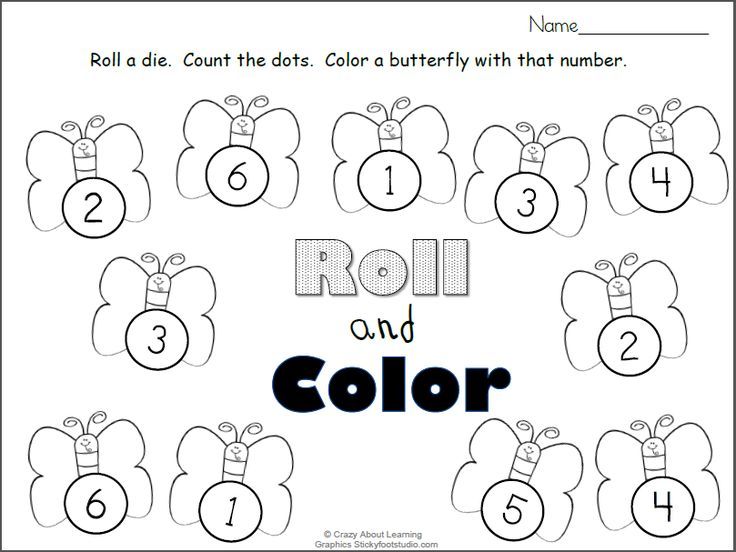
- Trace numbers frequently and repeatedly to build coordination and correct form. The mini-book below encourages this, as well as locating numbers.
- Encourage the correct formation of numbers by teaching it explicitly. The posters (seen below) are helpful tools to use and post on the wall.
- Catchy number poems help students visualize and remember number formation. Use your whole body to make actions or draw in the air.
Reading and Writing Number Words
Teach kids how to read number words as they learn to read. Teach each number word one at a time and how to spell them phonetically (when applicable).
Activities
- Have number posters with both the numeral and number word on it.
- Include number words on spelling lists so that kids learn to read and spell number words.
- Use a number of the day routine to teach and focus on one word each day.
- Match numbers word cards with numeral cards (seen below).
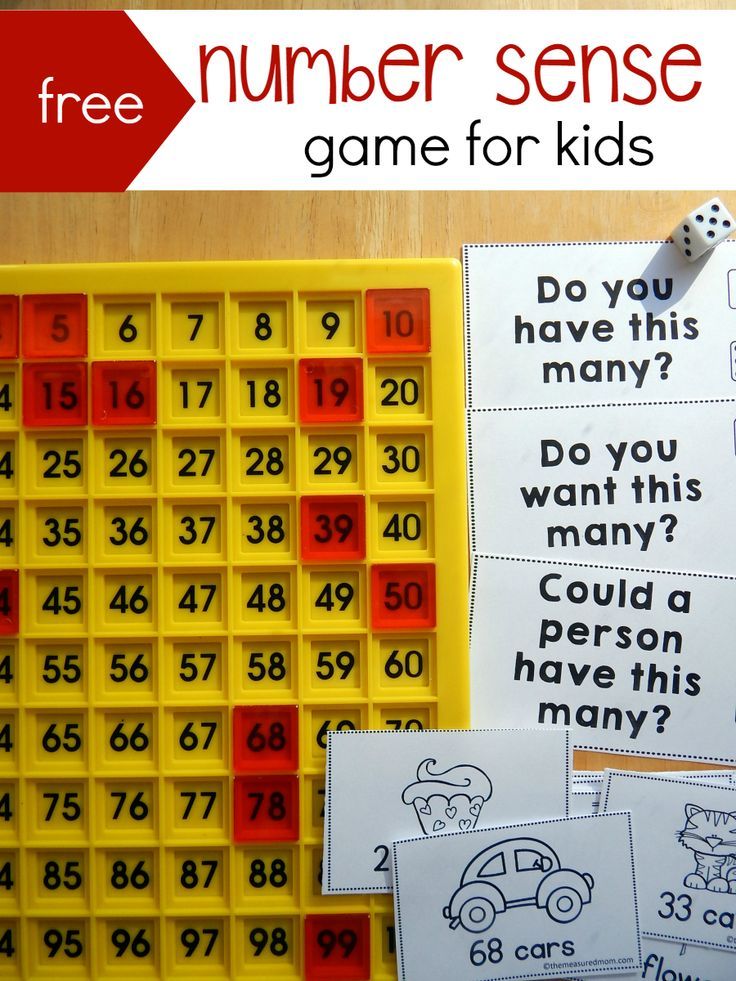
- Play memory with a partner with number words and numeral cards. Look for pairs (twelve and 12).
- Build recognizing and speed with mental math flash cards. Flashcards to kids, and they race to call out what they see (tally, numerals, number words, etc.).
Build Number Sense by Counting On and Back
Teach the strategy of counting on and back from a number to prepare kids for addition and subtraction.
Activities
- Give students a number and a group of small objects to count on. Ask, “How many more do I have?” given 7 to start and a group of 9 counters to count on with.
- Play games with small objects and decks of cards where counting on is needed.
- Play a group counting game called ‘Around the World.’ Say a number, and each person counts on and says the next number as you go around the circle.
- Use small objects to count on or back from a number given (cubes, counters, dice, etc.).
- Put numbers in backward order.
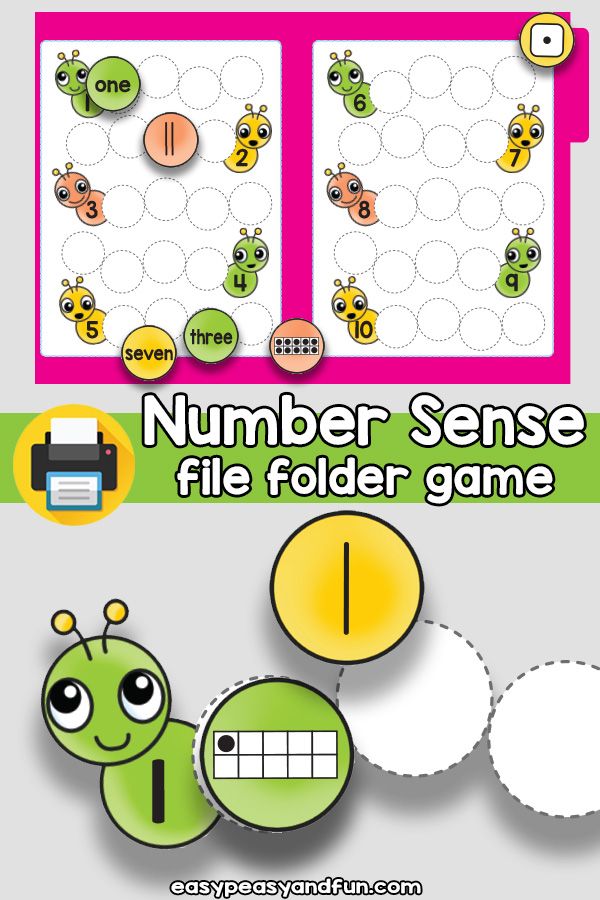 Take the ordering activities seen above and reverse them.
Take the ordering activities seen above and reverse them.
Build Number Sense through Estimating
Provide lots of opportunities for kids to guess how many things they see in their day to day lives. Ask prompting questions to encourage this thinking. Make sure kids know that they are estimating and that these are just guesses. Stress that estimates do not need to be exact but that they should be thoughtful. With more practice, estimations should become closer to the actual number of objects.
Activities
- Fill clear or open containers with different sized objects for kids to guess. Keep them simple and work up in difficulty and size of objects. Smaller objects and bigger containers are usually harder.
- Create an Estimation Station,” where containers are set up with objects inside. Kids can take a close look and make estimates.
- As a whole group activity, grab a pile of objects to show quickly. Cover them and have kids make guesses.

- Play ‘Show & Hide’ with a partner. Use a cup and put some small counting bears inside. Quickly show a partner, and then hide them. They make an estimate, and then you count together to check.
Build Number Sense by Comparing Numbers
As familiarity with numbers grow, so does an ability to compare numbers with each other. Provide opportunities to compare numbers daily. Ask questions about which number is bigger, smaller, or the same.
Activities
- Use a chart or number line to compare numbers.
- Use small objects to make comparing easier. Say “Show 11 and 15 with cubes”. Ask, “Which number is smaller?”.
- Teach the symbols < > and = and what they each mean. Use the alligator strategy (The alligator likes to eat the bigger number) to remember the signs and what they mean.
- Create number towers. Kids use cubes to form towers to represent numbers. Compare two towers to see which is the tallest and, therefore, the bigger number.
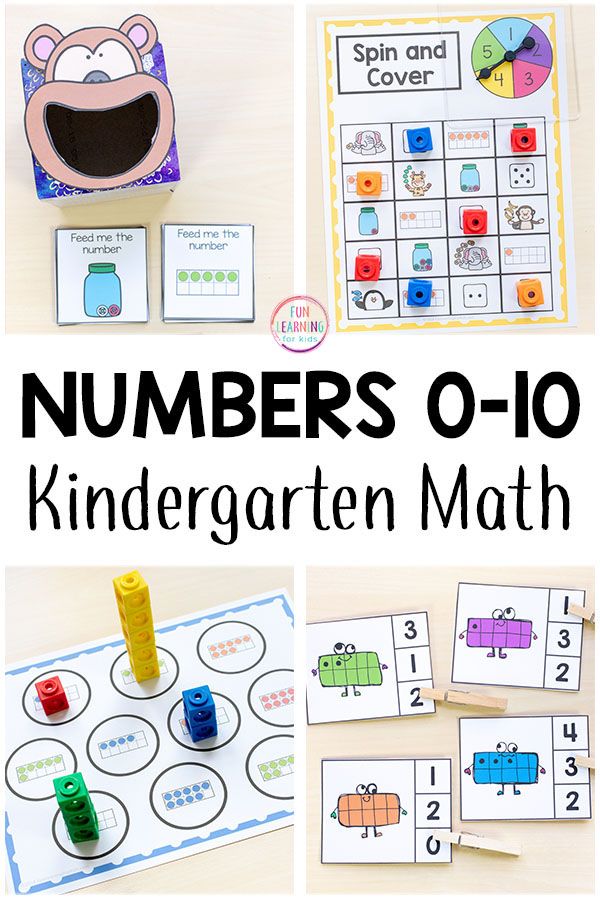 The alligator eats the bigger tower.
The alligator eats the bigger tower. - Compare numbers with math tools and indicate the correct symbol on clip cards (seen below). As kids become fluent, they should recognize the correct symbol without support.
The activities seen in this post can be found in the following resources found on Teachers Pay Teachers.
Numbers to 5 for Kindergarten
Numbers to 10 for Kindergarten
Numbers 11-20 for Kindergarten
Mindful Math Kindergarten Curriculum
Numbers to 10 for First Grade
Numbers to 20 for First Grade
Mindful Math First Grade Curriculum
Free Number Sense Puzzles to 20
Prep this fun set of number puzzles for your classroom centers and help kids build their number sense!
Grab 20 FREE number puzzles with different representations on each piece by clicking the image below.
Number Sense Books
I Spy Numbers by Jean Marzollo
1,2,3 Peas by Keith Baker
ChickaChicka 1,2,3 by Bill Martin Jr.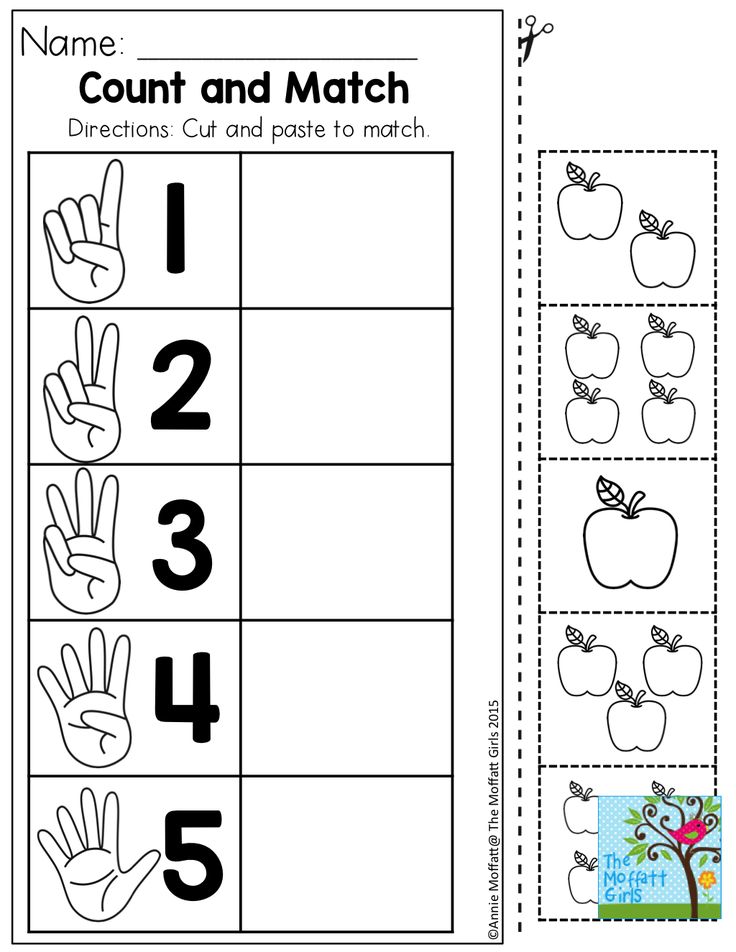
Splash! by Ann Jonas (counting)
The Very Hungry Caterpillar by Eric Carle (counting)
How Do Dinosaurs Count to 10? by Jane Yolen
Number Everywhere by Elliot Kaufman
10 Black Dots by Donald Crews
How Many Bugs in a Box? by David Carter
How Many Snails? by Paul Giganti, Jr.
Ten Sly Piranhas by William Wise
None the Number by Oliver Jeffers
Zero the Hero by Joan Holub
More or Less by Stuart Murphy
Tally O’Mally by Stuart Murphy
Place Value by David Adler
What’s the Place Value by Shirley Duke
Quack and Count by Keith Baker
Betcha! by Stuart J. Murphy
Number Sense Materials
Try the Mindful Math Comprehensive Program
Read about the Mindful Math program and how it can change your math block in positive ways! This comprehensive math curriculum is available for Kindergarten, first grade, and second grade.
Learn More about Teaching Number Sense
Building Number Sense free email series
Number of the Day Activities
5 Tips for Building Math Fluency
PIN
FREE Number Sense Email Series
Sign up for the building number sense email series filled with effective strategies, must try activities, and FREE resources to build routines in your classroom.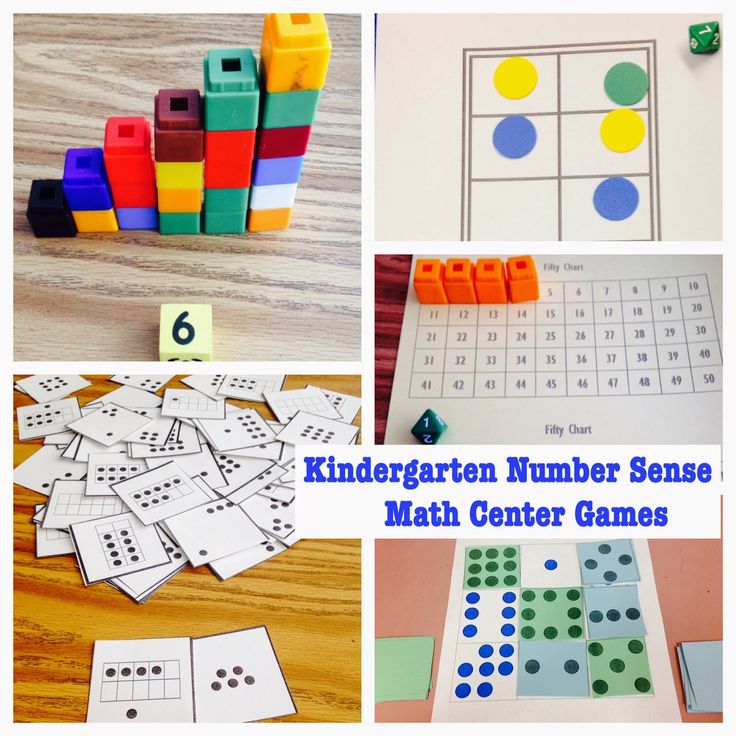 Everything you need to help kids grow their number sense and have fun at the same time!
Everything you need to help kids grow their number sense and have fun at the same time!
First Name
Personal Email Address
We use this field to detect spam bots. If you fill this in, you will be marked as a spammer.
I'd like to receive the free email course.
This form collects information I will use to send weekly emails with strategies, promotions, and resources. Unsubscribe at any time. Powered by ConvertKitSummary of GCD on the topic "Introducing children to the number and number 10." | Outline of a lesson in mathematics (middle group) on the topic:
Abstract of the GCD on the topic “Introducing children to the number and number 10”
Purpose: to introduce children to the number and number 10.
Tasks: to cultivate a sense of collectivism.
Develop logical thinking.
Auditory and visual perception.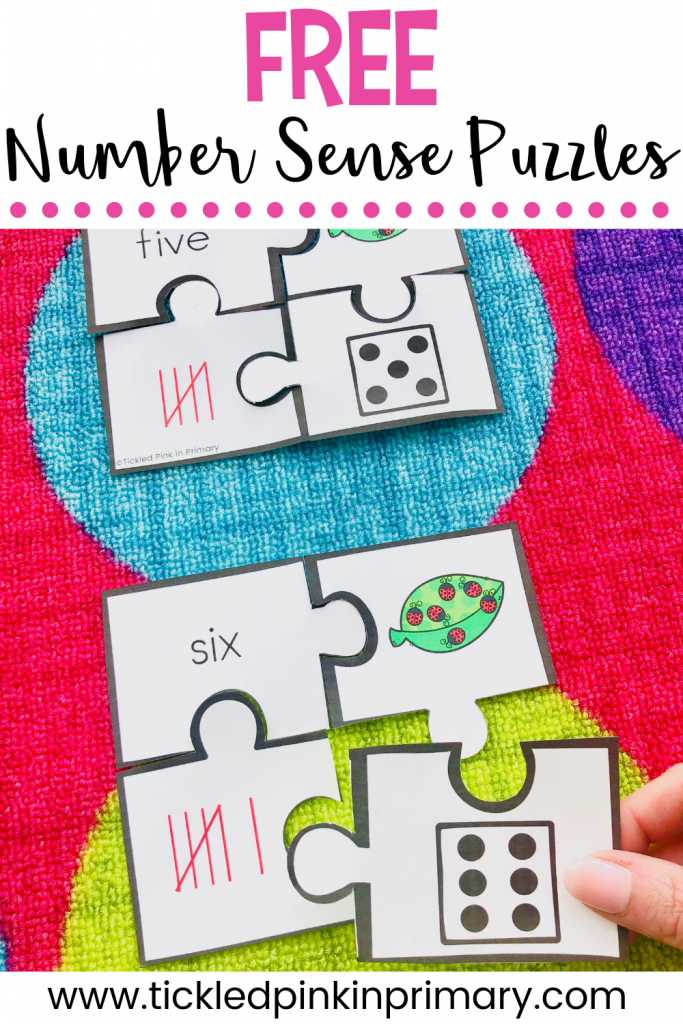
To consolidate the idea of an ordinal account,
Orient yourself on a sheet of paper, name geometric shapes, days of the week.
Introduce the number and number 10.
Demonstration material: arrows, 5-card task, poster with geometric shapes, numbers from 1 to 10, Little Red Riding Hood drawing, grandmother doll, tray.
Handout: Tangran constructor, counting sticks,
album sheets, 2 bookends, tokens with magnets.
Literature: Novikova V. P. "Mathematics in kindergarten", Sokolova E. I. "Mathematics for kids". nine0003
Preliminary work: counting up to 10, laying out from the counting shelves, working with the Tangran constructor, reading the fairy tale Little Red Riding Hood.
Lesson progress.
Educator: guys. Today I went to a kindergarten in a group and saw an envelope.
Children: let's see what's in the envelope. Here the numbers are 3, 7, 4.5, 6.
(we name where we can meet these numbers)
3 - in the fairy tales "Three Bears", "Three Little Pigs".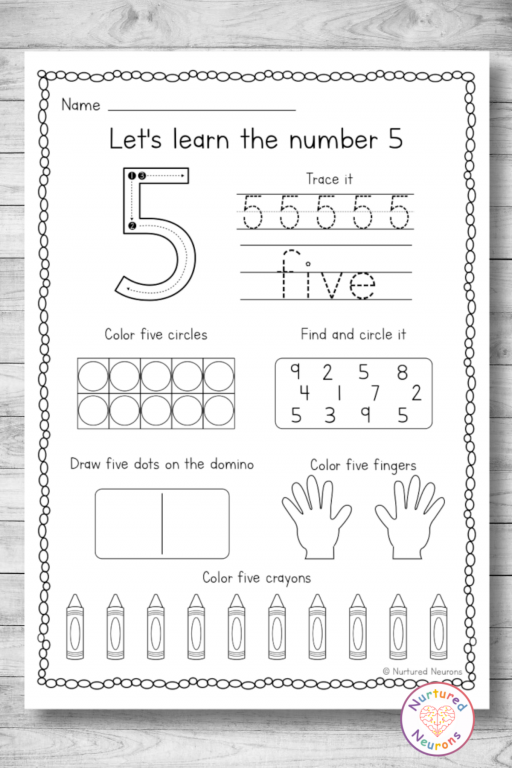
7 - days of the week, the fairy tale "Snow White and the Seven Dwarfs". nine0003
4 - seasons (winter, spring, summer, autumn)
5 - the best grade in school.
6 - the age of the children.
Children: there is also a drawing in the envelope.
Educator: look carefully and tell me what fairy tale this girl is drawn from? Who does she look like?
Children: Little Red Riding Hood.
Children: let's go to Little Red Riding Hood's grandmother.
Magpie's call: Do you know that the wolf also went to visit his grandmother, and trouble may happen. nine0003
Educator: what shall we children do? How can we help grandma? Children: let's go to a fairy tale.
Teacher: this is so unusual.
Children: let's all say magic words together: "We will go along the path, we will get into a fairy tale." (track laid out)
Educator: well, here we are in a fairy tale.
Children: the wolf wants to detain us and made us this blockage of stones, we need to dismantle it.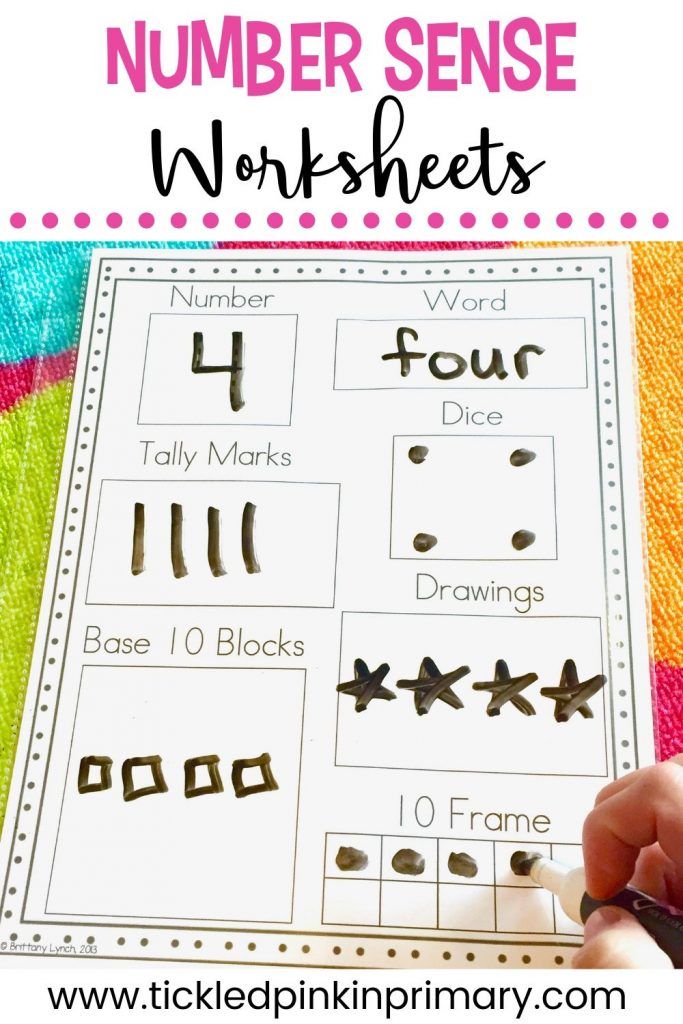
Educator: these stones are with a task.
Children: let's do the task. nine0003
Educator: 1. Name the days you put on in order.
2..On what days do we go to kindergarten?
3. On which days do we rest?
4. What is the first day of the week.
We go further along the landmarks and complete the task.
Children: what kind of game did the wolf offer us?
Educator: the game "What kind of geometric figure?".
Physical education and eye exercises. nine0003
Two palms I will squeeze the sails of
and on the river and I will swim and faster
Two palms friends and on the stormy waves of
This is my boat floating fish here and there.
(movement is performed in accordance with the text)
Educator: guys, the river.
Children: we need a boat.
Working with the Tangran constructor. Posting: "Boat".
Children: let's go to grandma's on a boat. nine0003
Teacher: let's swim, the sun is shining. Went to grandma.
Went to grandma.
Children: no wolf. Let's build a fence so that the wolf does not get to the grandmother. (There are counting sticks on the table)
Educator: Take 4 shelves and lay out a square. Count 3 more sticks and lay out another square. What is the geometric figure?
Children: rectangle.
Educator: how else can these geometric shapes be called?
Children: quadrangles. nine0003
Teacher: How many are there? Children: Three.
Educator: here is my grandmother. She has prepared a meal for you.
Children: cookies. Thanks, grandma. Is there enough cookies for everyone? Let's count (count).
Educator: How much.
Children: 10. Enough for everyone. Yes, it is unusual, with numbers. Let's put these cookies in order. Do we have a new number?
Educator: Yes, we have a new number. The number 10 is written as the number 10. This is the number 1, it is on the left, and 0 is on the right. And in the number row, where will she stand? nine0003
Children: after the number 9.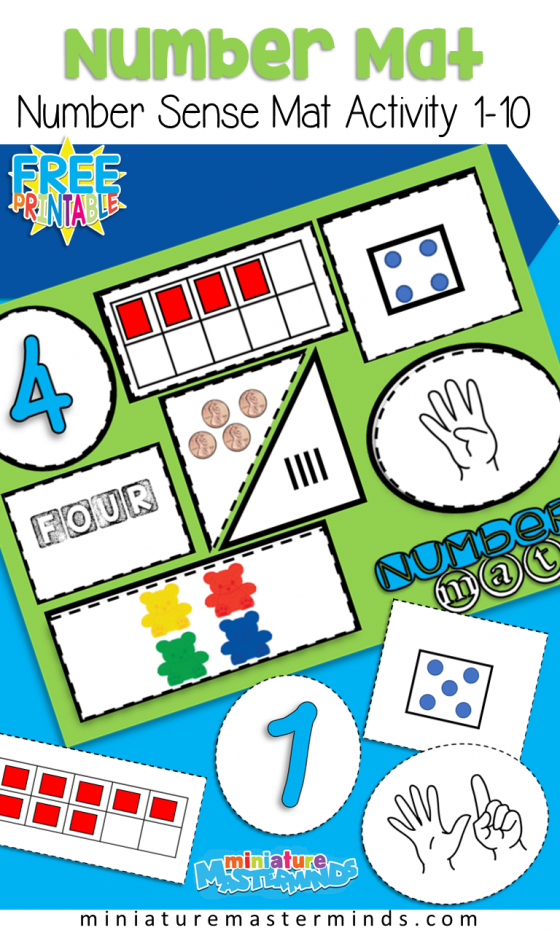
Educator: What is the name of this number?
Children: 10
Educator: And now it's time for us to go to kindergarten.
Children: let's fly on an airplane carpet.
Educator: close your eyes with your palms (palm in the palm crosswise calm music is turned on). Here we are flying over Moscow, our city of Usinsk, a kindergarten, a group.
Educator: what have we learned new?
-What was the hardest thing for you today? nine0003
- what good deed did we do today?
Final lesson in the preparatory group for school: Journey to Formland
Comprehensive notes
Final lesson in the preparatory group for school
"Journey to the country of Formland"
Narykova Valentina Ivanovna, teacher
d/s No. 22, Stary Oskol, Belgorod region
Distinguishing objects by shape.
Solution of logical and mathematical problems. nine0158
Application "Malvina".
Integration of educational areas: "Cognition", "Communication", "Artistic creativity".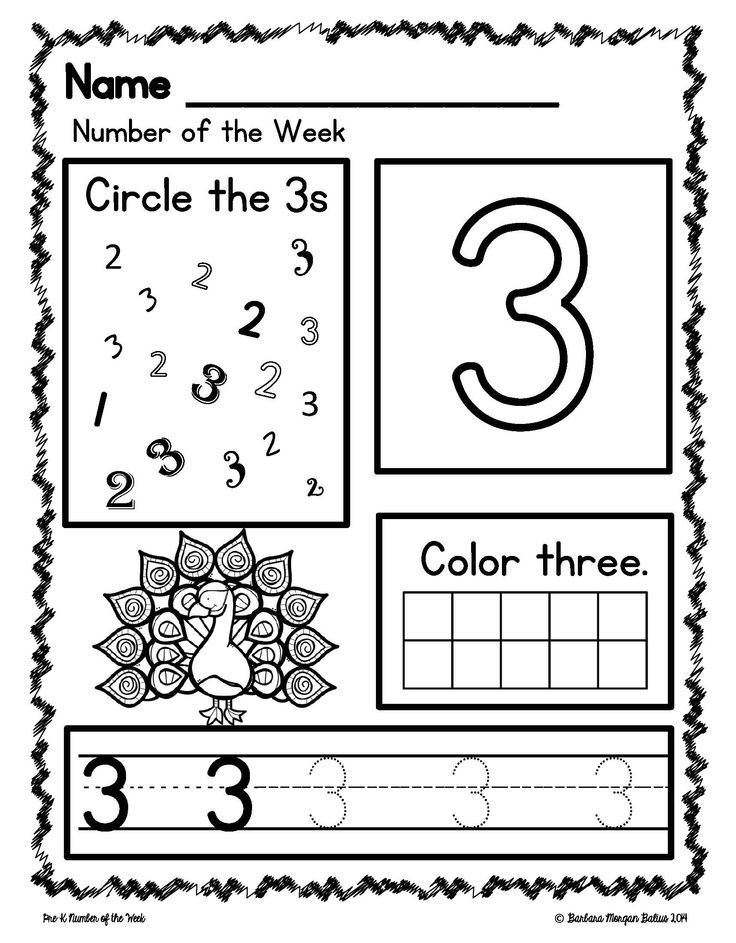
Types of children's activities: communicative, cognitive research, playful, productive.
Objectives: clarify ideas about geometric shapes: triangle, square, rectangle, circle and their main features; exercise in the analysis of various properties of figures; develop both visual-figurative and abstract thinking; learn to solve logical and mathematical problems; correlate adjacent numbers; previous and next; learn to select material for application; develop a sense of composition, creative activity. nine0003
Material and equipment: Pinocchio doll, cards: "With circles", "Funny little men", "Logic puzzles", "Mathematical puzzles", "Neighbor numbers"; application sample - Malvina doll; a set of geometric shapes, colored pencils, glue, brushes, napkins, sweet prizes for children.
Content of children's organized activities.
1. Organizational moment.
Guess the riddle.
Wooden boy,
A scoundrel and a braggart,
Everyone knows without exception
He is a lover of adventures
Sometimes frivolous,
But he does not lose heart in trouble
And signor Carabas
he managed to outwit more than once!
Artemon, Piero, Malvina
Inseparable from.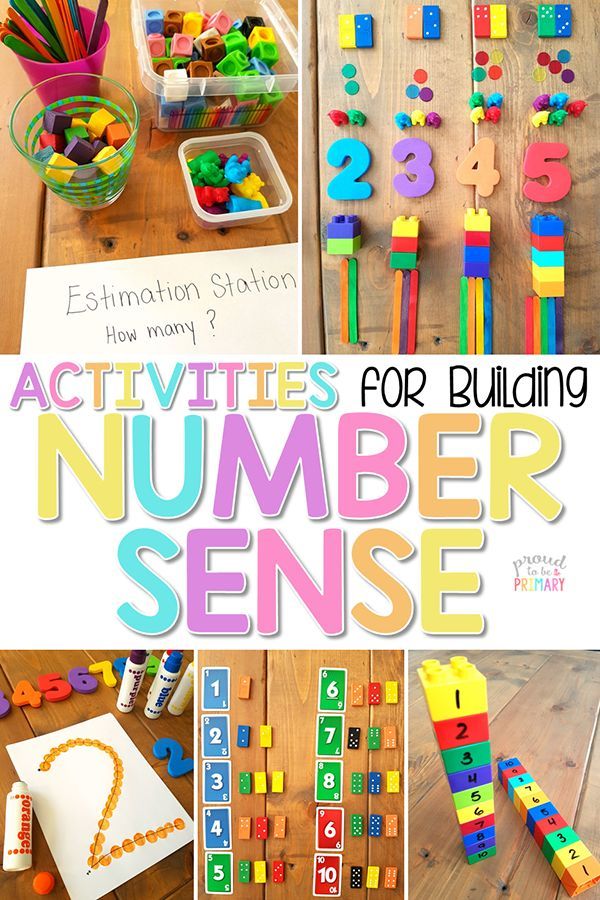 .. (Pinocchio)
.. (Pinocchio)
- Pinocchio is our guest! He invites us to travel. Let's go to Formland today. During the trip, we will repeat the types of transport. Shall we fly by plane? What type of transport is this? Air? fired up the engines and let's fly! "Landed" in the city of "Mystery". nine0003
2. Games to consolidate knowledge about the form. "Mysteries of Pinocchio".
The teacher attaches a circle, a square on a magnetic board. triangle and offers to answer the questions: what can be drawn from a circle? (apple, watermelon, ball, hoop, ball) what can be drawn from a square? (briefcase, picture frame, cookies, etc.) what can be drawn from a triangle? (herringbone, sailboat, cap, etc.)
- Think and draw as many squares on the right as there are circles. nine0221 (card with circles suggested) .
3. The journey continues on the rocket.
We make a count: 1, 2, 3, 4, 5, 6, 7, 8, 9, 10 - start. They arrived quickly - they landed on another planet - look, mysterious, funny little people live here.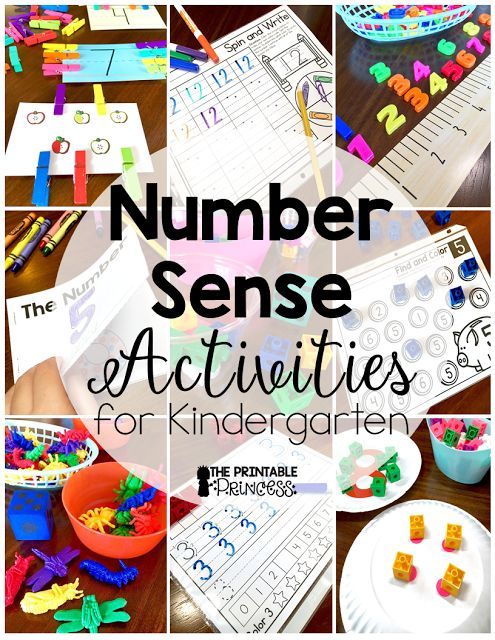 These little men live in houses similar to themselves. Show each person's house. If one of the little men was left without a home, draw it yourself. Well done guys - you did it!
These little men live in houses similar to themselves. Show each person's house. If one of the little men was left without a home, draw it yourself. Well done guys - you did it!
4. And so we continue our journey.
Imagine that we are sailing on a ship! What type of transport is this? Water! Correctly. Sailed to the station "Logic puzzles" - the children mark the missing items on the cards: flags and fish. Guys, here Pinocchio's friends have prepared math problems for us! Let's help them solve them. Think about how the condition of this problem with pears and apples will sound? Well done, and you did a great job. So the journey continues. nine0003
5. Physical education.
- Guys, Pinocchio invites you to have a little rest with him.
- Pinocchio stretched,
Once - bent down,
Two - bent down,
Spread his arms to the sides,
Apparently you didn't find the key?!
To get us the key
We have to stand on our toes!
6.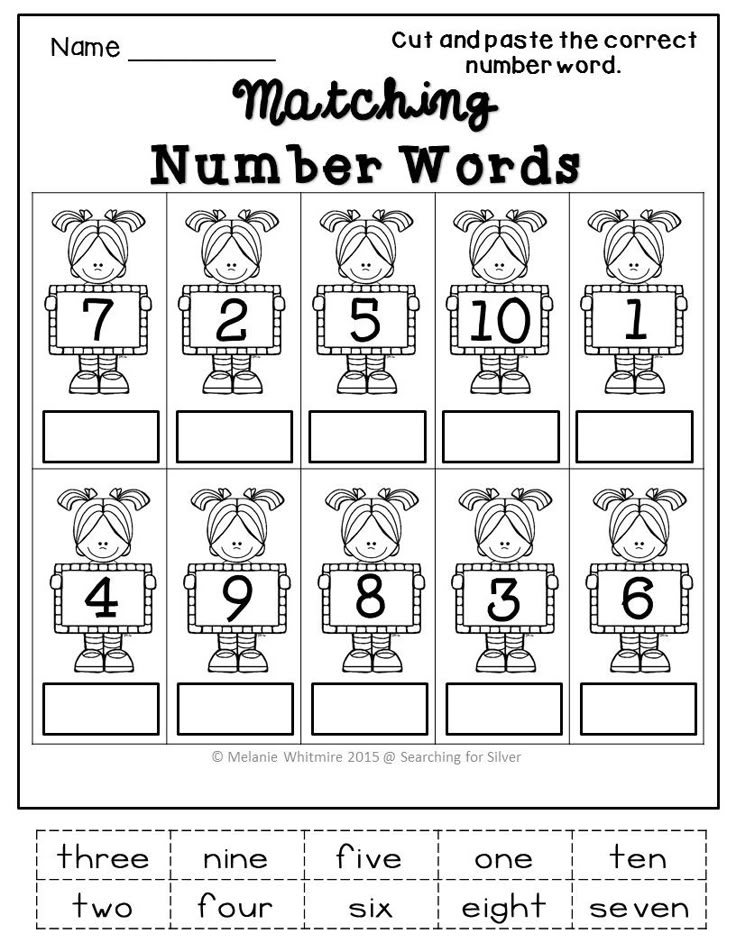 Let's go on our journey by train.
Let's go on our journey by train.
Do you remember what kind of transport this is? Where does he move? Correctly ground - on rails! Stop at the station "Village in the country of Formland". Numbers live in this "village". But they mixed up everything - and you will help them resettle! Each house has three numbers. Populate the houses with neighboring numbers so that the previous number is to the left of the central number, and the next number is to the right. We work at the blackboard. Be careful! That's right, each number in its own house! nine0003
7. We will continue our journey by car.
What kind of transport is this? Ground! We are approaching the final stop of our journey "Art workshop in the country of Formland". Our guest, Pinocchio, asks to make his girlfriend - Malvina. And we will make it from geometric shapes. Consider a sample of the Malvina doll. What figures will be required for work? What is the shape of Malvina's head? What shape is the dress made of? What are the bow and arms made of? Children select geometric material for Malvina's application.